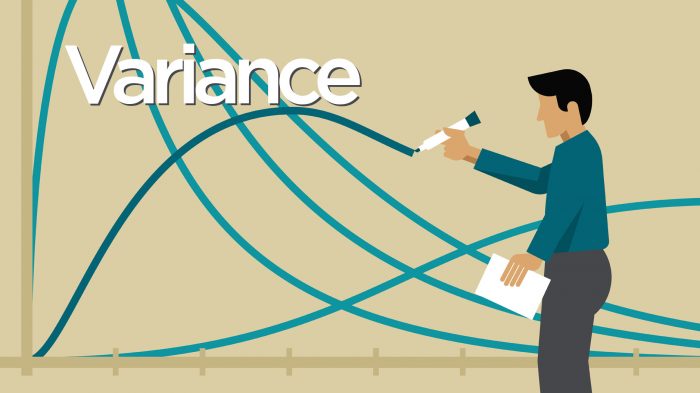There is a misconception that running it twice gives the hand that is behind in equity two chances to improve their hand. This is incorrect. Running it twice helps you realize your equity better than running it once.
Running it twice or more times is a 0EV move. This means it doesn’t affect your Expected Value whatsoever. So from a math standpoint, it doesn’t matter if you run it once, twice, three, or fifty times.
Running it twice is simply a tool to reduce variance.
The problem with running it twice is that it slows the game down and you end up seeing less total hands.
By definition
Variance (of a discrete random variable)
A measure of spread for a distribution of a random variable that determines the degree to which the values of a random variable differ from the expected value.
The variance of random variable X is often written as Var(X) or σ2 or σ2x.
For a discrete random variable the variance is calculated by summing the product of the square of the difference between the value of the random variable and the expected value, and the associated probability of the value of the random variable, taken over all of the values of the random variable.
In symbols, Var(X) = (x – µ)2 P(X = x)
In a simple example:
In a 100 dollar pot:
probability of winning 90%
E(x)= 0.9(100)
E(x)= 90
Running it 5 times
E(x)= 0.9(20)+0.9(20)+0.9(20)+0.9(20)+0.9(20)
E(x)= 18+18+18+18+18
E(x)= 90
Given that this is 0EV move, the decision to run it depends only in your desire to reduce variance or not.
MIT’s Opencourseware white paper regarding variance of discrete distributions.
